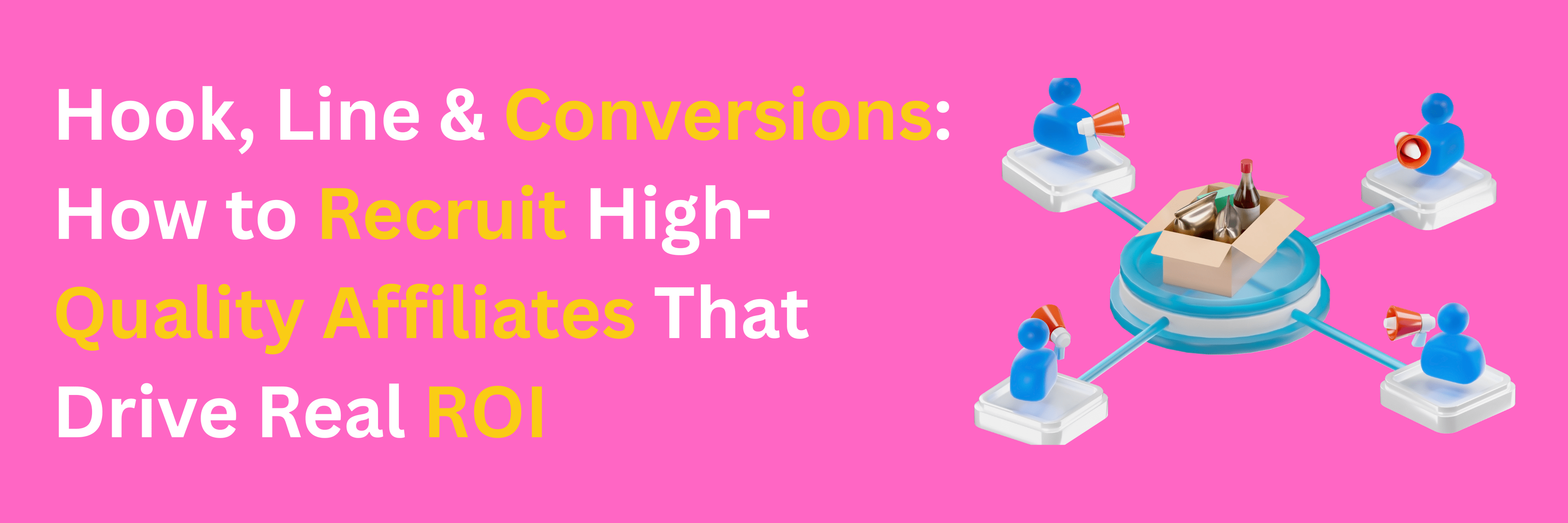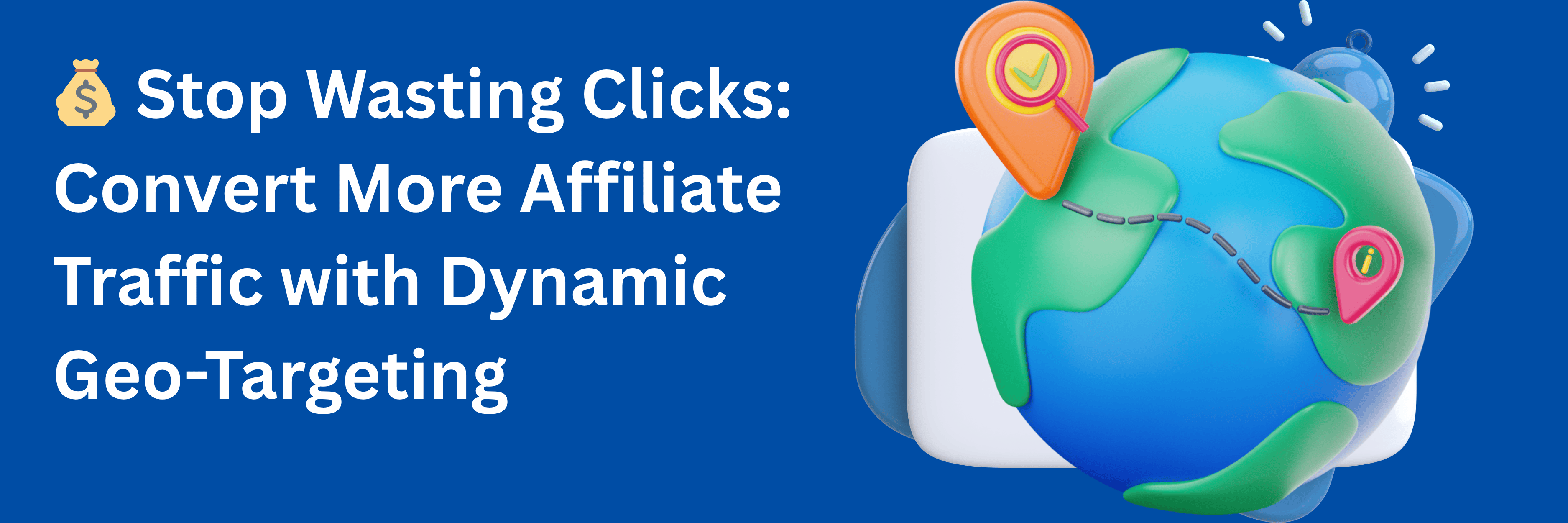
Tips & Guides - 16 Dec 2025
Hook, Line & Conversions: How to Recruit High-Quality Affiliates That Drive Real ROI
Article

Performance marketing thrives on precision. Unlike traditional marketing, where the goal is mass reach, performance marketing focuses on driving measurable actions: clicks, leads, installs, or conversions. To achieve this efficiently, marketers must understand not just who their audience is, but which segment delivers the highest ROI.
This is where customer segmentation becomes the biggest competitive advantage.
Customer segmentation is the process of dividing your target audience into smaller groups based on shared characteristics such as behavior, interests, location, device, or intent. Instead of sending one message to everyone, segmentation helps deliver tailored communication that resonates with specific user groups.
Segmentation = Precision → Relevance → Conversions → Higher ROI
Here’s why segmentation plays a critical role:
Dividing customers based on age, gender, income level,
education, etc.
Example: Running a premium subscription
campaign only for working professionals.
Segmenting based on country, state, city, or region.
Example: Showing festive campaign ads based
on local festivals, Diwali in India and Thanksgiving in the
US.
Grouping users based on actions taken: product view, add to
cart, and sign-up intent.
Example: Retargeting users who abandoned the
cart with a limited-time offer.
Targeting users based on interests, lifestyle, values, or
habits.
Example: Targeting fitness enthusiasts with
gym product ads.
Segmenting based on:
Example: Optimizing campaigns only for Android users on high-performing networks.
Segmentation becomes even more impactful when combined with tracking tools.
This is where Offershub, a powerful affiliate tracking software, plays a vital role. Offershub allows marketers to:

Parallel tracking ensures the landing page loads instantly while tracking occurs in the background, improving user experience and boosting conversions.
Customer segmentation turns performance marketing from mass broadcasting into precision targeting. Instead of guessing who will convert, segmentation gives clarity on which users are worth paying for. Combined with affiliate tracking software like Offershub and techniques like parallel tracking, marketers gain complete control over performance, efficiency, and ROI. Don’t target everyone; target the right ones at the right moment.

Tips & Guides - 16 Dec 2025
Hook, Line & Conversions: How to Recruit High-Quality Affiliates That Drive Real ROI
Article

Tips & Guides - 28 Nov 2025
Click Fraud Exposed: The Hidden Threat to Your Conversions & ROI
Article

Tips & Guides - 17 Nov 2025
💰Stop Wasting Clicks: Convert More Affiliate Traffic with Dynamic Geo-Targeting
Article